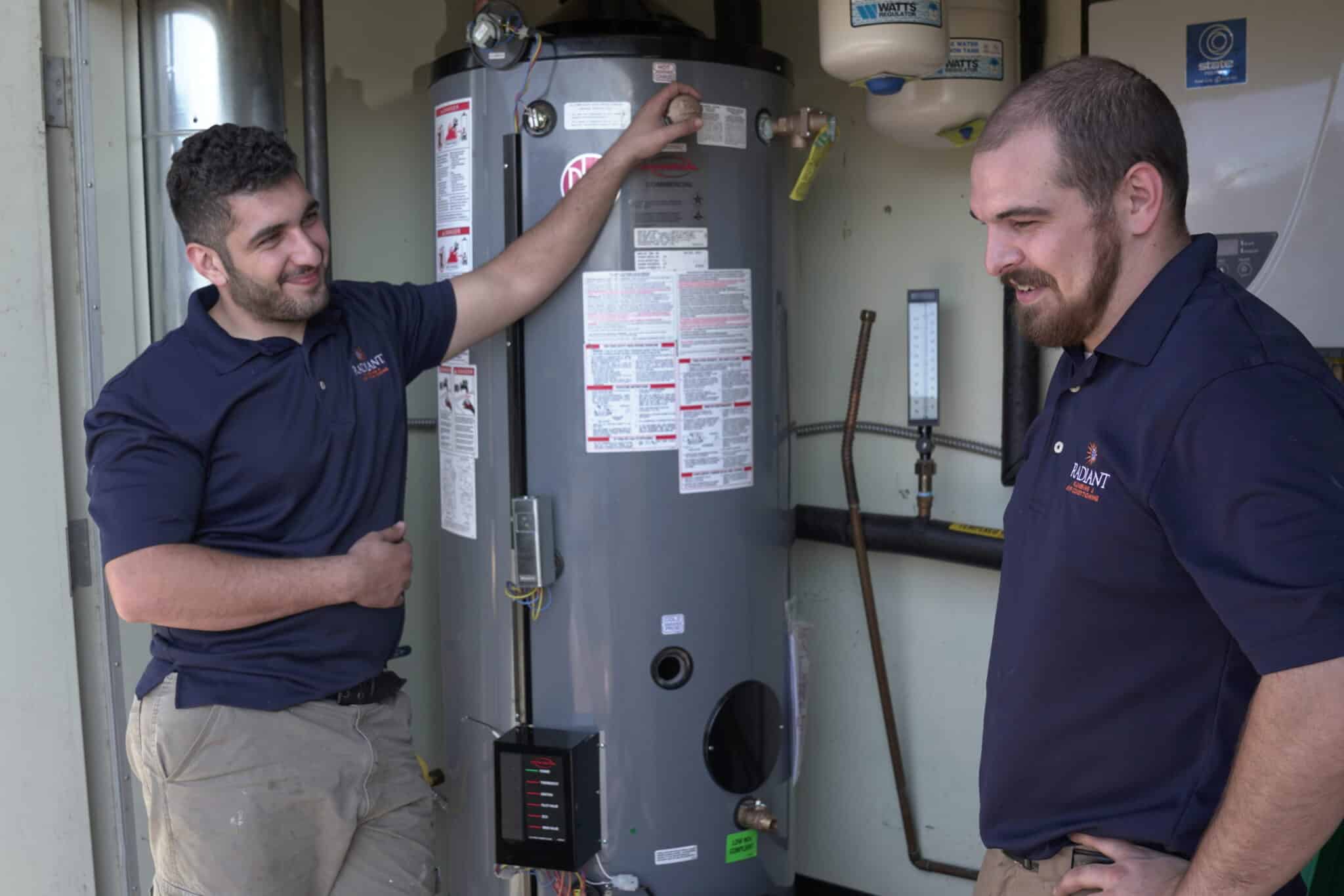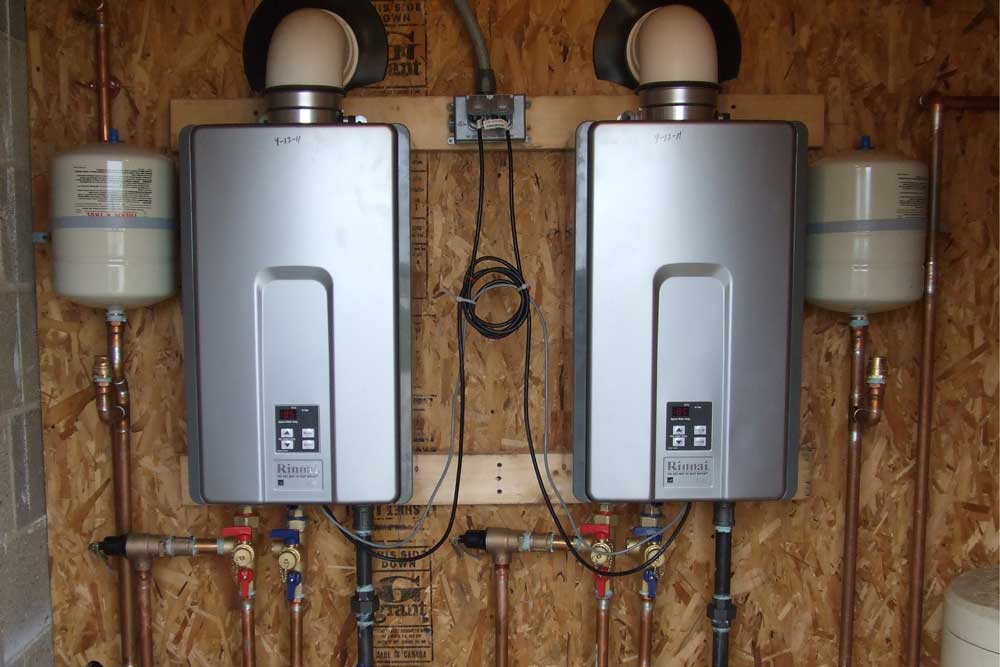Effective Techniques for Caring for Your Home's Hot Water SystemMaintaining Your Home's Hot Water System: Essential Guidelines
Effective Techniques for Caring for Your Home's Hot Water SystemMaintaining Your Home's Hot Water System: Essential Guidelines
Blog Article
How do you feel about Tips on Maintaining a Water Heater?

Warm water is essential for daily comfort, whether it's for a rejuvenating shower or cleaning recipes. To ensure your warm water system runs successfully and lasts longer, routine upkeep is essential. This post provides useful ideas and insights on how to preserve your home's warm water system to avoid disruptions and expensive repair services.
Intro
Preserving your home's warm water system could appear overwhelming, but with a few straightforward actions, you can ensure it operates smoothly for several years ahead. This overview covers whatever from understanding your warm water system to do it yourself upkeep ideas and understanding when to employ expert assistance.
Value of Preserving Your Warm Water System
Routine maintenance not only extends the lifespan of your hot water system yet also guarantees it runs effectively. Neglecting upkeep can cause reduced efficiency, greater energy bills, and also premature failure of the system.
Signs Your Hot Water System Needs Maintenance
Knowing when your hot water system needs attention can avoid major problems. Watch out for indications such as irregular water temperature level, odd sounds from the heating unit, or rustic water.
Comprehending Your Warm Water System
Before diving into maintenance tasks, it's useful to recognize the standard parts of your hot water system. Generally, this consists of the water heater itself, pipelines, anode poles, and temperature controls.
Month-to-month Maintenance Tasks
Regular month-to-month checks can help capture minor issues prior to they escalate.
Purging the Hot Water Heater
Flushing your hot water heater eliminates sediment build-up, enhancing efficiency and lengthening its life.
Checking and Replacing Anode Rods
Anode poles avoid deterioration inside the tank. Evaluating and replacing them when broken is essential.
Inspecting and Changing Temperature Setups
Adjusting the temperature level settings makes certain ideal performance and security.
Do It Yourself Tips for Maintenance
You can execute a number of upkeep jobs yourself to maintain your hot water system in leading condition.
Looking for Leaks
Regularly check pipelines and connections for leakages, as these can result in water damage and greater bills.
Examining Pressure Alleviation Valves
Checking the stress relief valve guarantees it works correctly and protects against extreme stress accumulation.
Insulating Pipelines
Insulating warm water pipes lowers warm loss and can save power.
When to Call a Professional
While do it yourself maintenance is helpful, some issues need specialist proficiency.
Complicated Concerns Requiring Expert Assistance
Instances include major leakages, electrical problems, or if your water heater is constantly underperforming.
Regular Professional Maintenance Conveniences
Professional maintenance can include complete assessments, tune-ups, and making certain compliance with safety requirements.
Verdict
Normal upkeep of your home's hot water system is vital for effectiveness, durability, and expense savings. By complying with these suggestions and understanding when to seek expert assistance, you can guarantee a reliable supply of warm water without unforeseen interruptions.
How to Maintain an Instant Hot Water Heater
Before tinkering with your hot water heater, make sure that it’s not powered on. You also have to turn off the main circuit breaker and shut off the main gas line to prevent accidents. Also turn off the water valves connected to your unit to prevent water from flowing into and out of the appliance. 2. When you’re done, you have to detach the purge valves’ caps. These look like the letter “T” and are situated on either side of the water valves. Doing so will release any pressure that has accumulated inside the valves while at the same time avoid hot water from shooting out and burning your skin. 3. When the purge valves’ caps are removed, you have to connect your hosing lines to the valves. Your unit should have come with three hoses but if it didn’t, you can purchase these things from any hardware or home repair shops. You can also get them from retail stores that sell water heating systems. Read the user’s manual and follow it to complete this task properly. When the hosing lines are connected, open the purge port’s valves. 4. You should never use harsh chemical cleaners or solutions when cleaning your unit. Make use of white vinegar instead. It should be undiluted and you’ll probably use about 2 gallons. 5. Now flush your water heater. This task should probably take about 40 minutes. We can’t give you specific directions for this because the procedure is carried out depending on the type, model and brand of your heater. With that being said, refer to the user’s manual. 6. When you’re done draining the unit, you have to turn off the purge port valves again. Remove the hosing lines that you earlier installed on each of the water valves. Put the valve caps (purge port) back in their respective places and be very careful so as not to damage the rubber discs that are found inside these caps. 7. Now that everything’s back in place, check your user’s manual again to find out how to reactivate your water heating system. 8. Once it is working, turn one of your hot water faucets on just to let air pass through the heater’s water supply pipes. Leave the tap on until water flows smoothly out of it. https://www.orrplumbing.com/blog/2014/september/how-to-maintain-an-instant-hot-water-heater/

As a fervent person who reads on Tips For Maintaining Your Hot Water Heater, I was thinking sharing that piece was a good thing. So long as you enjoyed our blog post kindly make sure you remember to pass it around. Many thanks for being here. Please come visit our blog back soon.
Schedule Appointment Report this page